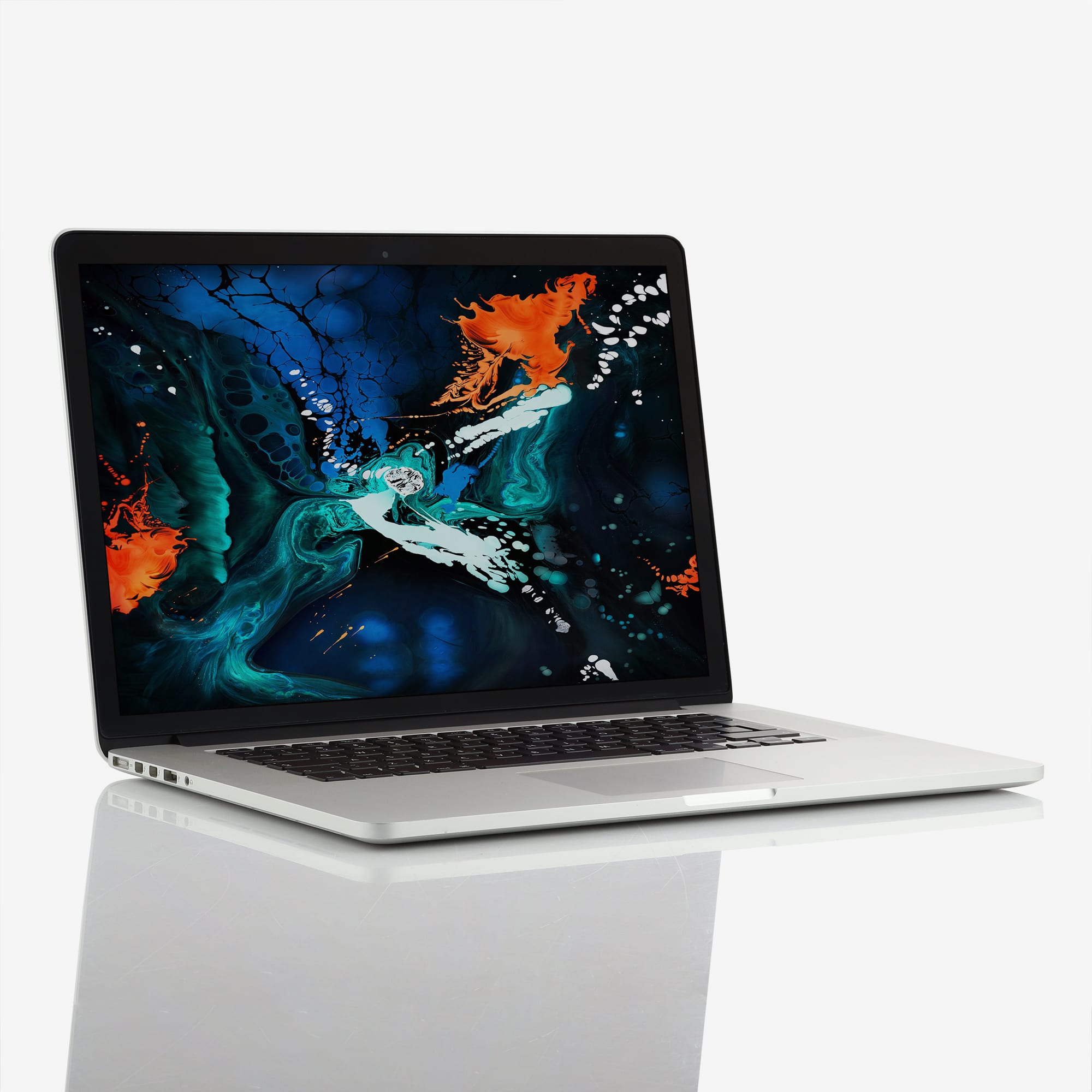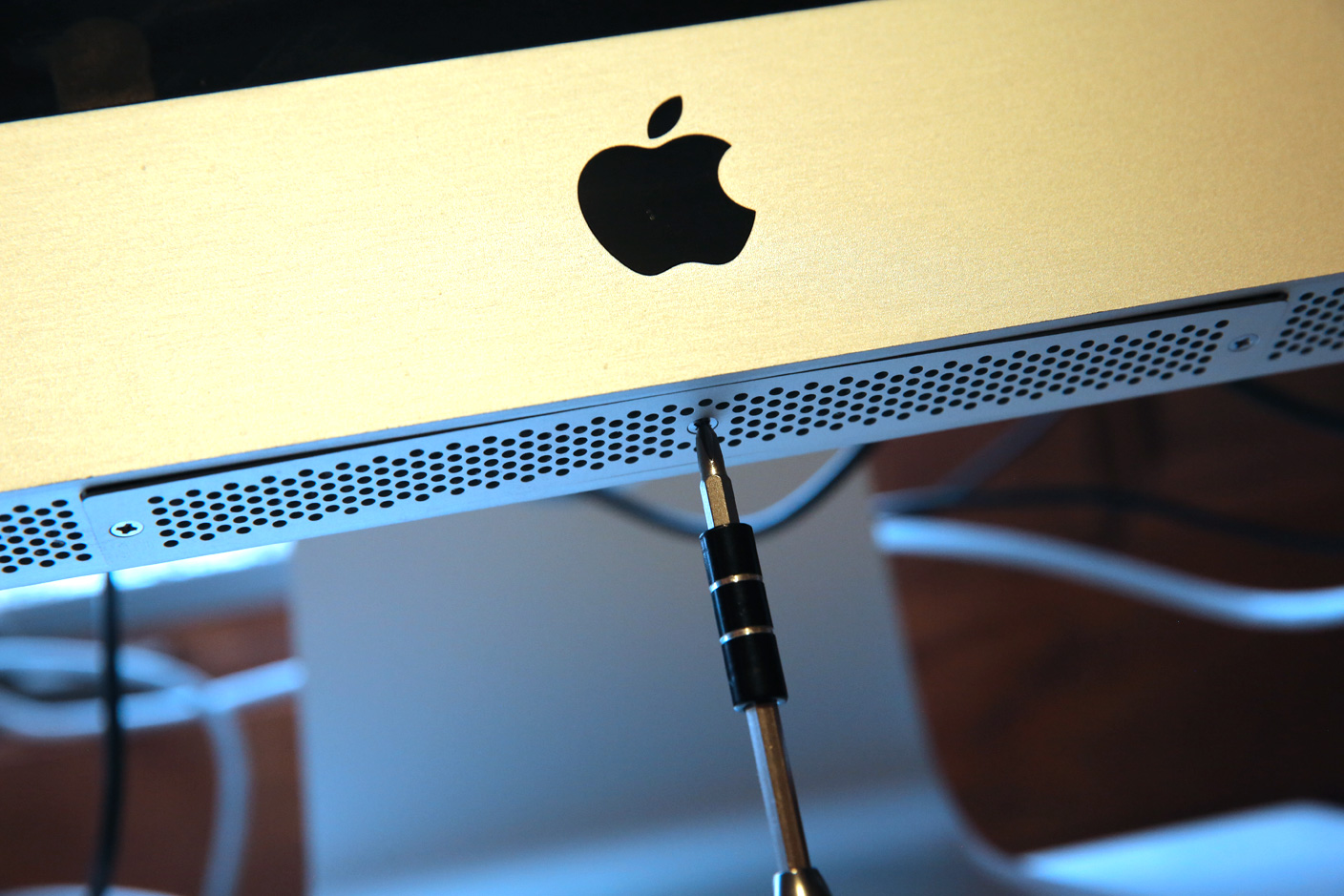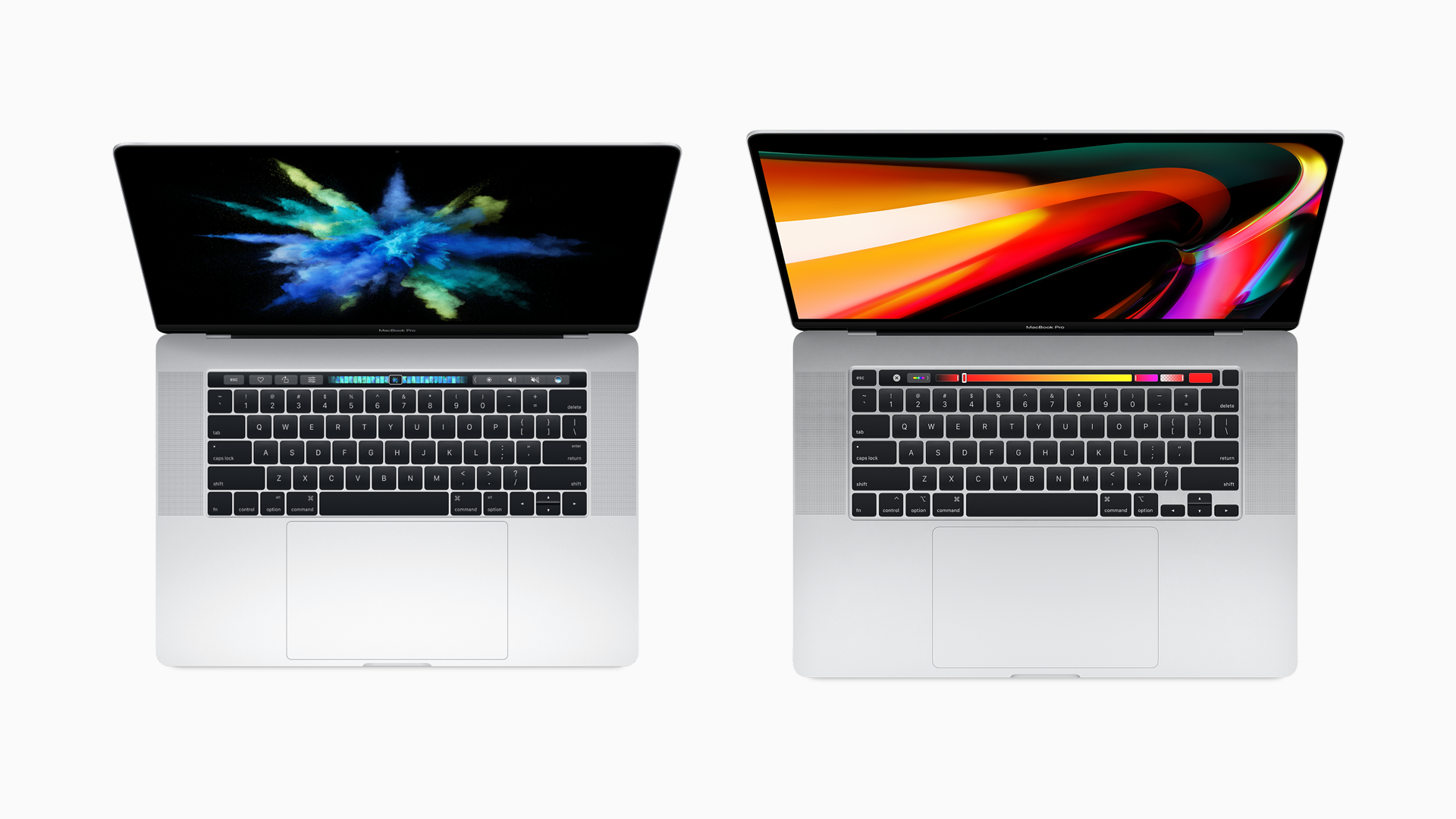

The main benefits of newer iPads are faster processing and graphics performance, a higher resolution Retina display, and a lighter weight, all of which are welcome but not strictly necessary or even particularly noticeable in day to day use. Otherwise, we think people should be able to hold onto their iPads for around four years before upgrading to a new one. Apple typically refreshes the line in late fall, so you're in little danger of timing remorse if you buy today, and the experience is fundamentally, unquestionably better. If you currently have an iPad with a non-Retina display-that's the first or second generation-you should go ahead and upgrade. That's partly because of increased competition from Amazon and others, but you don't need to buy a new tablet as frequently as you do a new smartphone. While it still sells better than any other tablet, demand has lately slowed. With that in mind, we’ve prepared solid guidelines on when it’s definitely time to pony up for a new Apple gadget, and when you can squeeze out a few more months, or years, out of the device. The Retina MacBook Air saga is a reminder that strategic upgrade timing pays off. It looks like you'll be rewarded for holding off, though even if the Retina MacBook Air doesn't make an appearance on Monday, the Wall Street Journal reports that it will start shipping sometime in the next few months. Apple enthusiasts have been anxiously-and rightly-expecting a Retina MBA ever since the company introduced the MacBook Pro with Retina display three years ago. On Monday, in addition to detailing its much-anticipated watch, Apple could introduce another brand new product: a totally redesigned, 12-inch, Retina display MacBook Air. But don't worry! With a slate of Apple announcements coming next week, we're here talk you through the best time to upgrade your iPhone, MacBook, iMac, and more. Here’s a help article that will help you find out.Investing in expensive new gear can be a tricky proposition buy at the wrong time, and you could miss out on innovative features, better performance, price drops, and more. If you are not sure exactly which model you have These SSD’s are also compatible with your MacBook Pro, Early 2015 - Mid 2015, but you won’t get the benefit of the higher speeds. Here’s a few examples of our mid-range SSD’s offering the right speed and great value for money:

The older versions of MacOS cannot support the newer technology these SSD’s use. It’s important to note that to be able to use the newer, speedier SSD’s like these, your MacBook Pro Early 2015 - Mid 2015 operating system needs to be updated to High Sierra or newer. The important point here is that knowing this can save you money to spend on a bigger SSD, so you can have more room for your stuff or treats for your dog/cat/self/significant other, it's totally up to you.

Whilst the MacBook Pro, Early 2015 - Mid 2015** models are able to take advantage of slightly higher speeds than previous MacBook Pro models, thanks to an upgrade from PCIe 2.0 x 2 to PCIe 3.0 x 4, the internal wiring still limits the installed SSD’s speed to a max of 2800MB/s. Higher-end, more expensive SSD’s utilising newer technology run at up to 3000MB/s, whilst the more budget-friendly SSD’s run at up to 1800MB/s. When it comes to SSD’s, as with many things in life, generally the bigger and faster the technology the more expensive it is. Whether your current SSD is faulty or you just need a bit more space for your stuff, we can help you find the best SSD for your machine without spending a fortune. Do you need to upgrade the SSD in your MacBook Pro Retina 13 and 15-inch Early 2015 - Mid 2015?


 0 kommentar(er)
0 kommentar(er)
